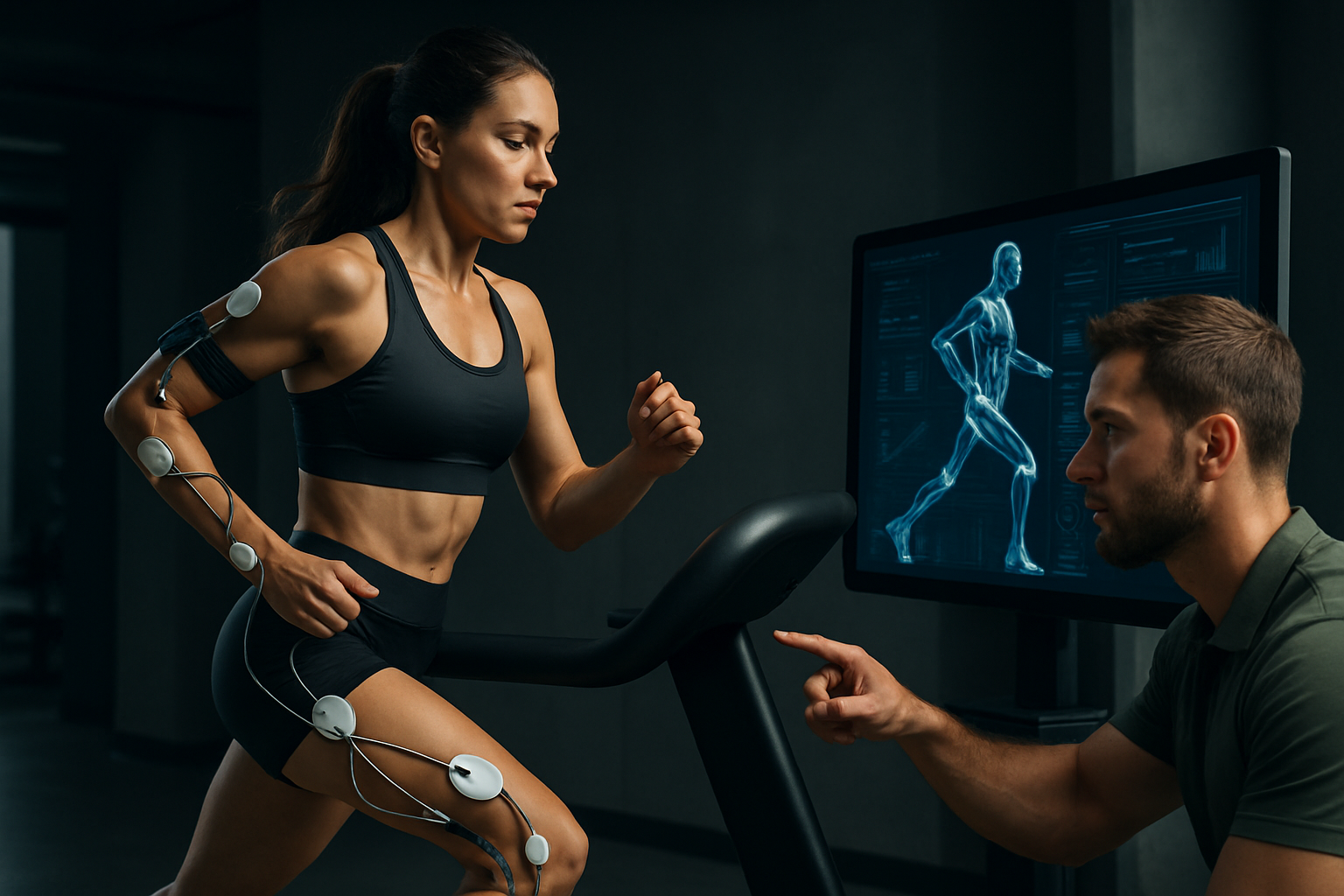Biomechanical Optimization: Revolutionizing Human Movement
Have you ever wondered why some athletes seem to glide effortlessly through their sport while others struggle with injuries? The secret may lie in the emerging field of biomechanical optimization, a cutting-edge approach that's transforming how we understand and enhance human movement.

The Evolution of Biomechanics
Biomechanics, the study of mechanical laws relating to the movement of living organisms, has its roots in ancient Greece. Aristotle’s work on animal locomotion laid the foundation for this field. However, it wasn’t until the Renaissance that biomechanics began to take shape as a scientific discipline, with Leonardo da Vinci’s detailed studies of human anatomy and movement.
The 20th century saw rapid advancements in biomechanics, driven by technological innovations like high-speed cameras and force plates. These tools allowed researchers to analyze human movement with unprecedented precision, leading to breakthroughs in sports performance, injury prevention, and rehabilitation.
The Emergence of Biomechanical Optimization
While traditional biomechanics focused on describing and analyzing movement, biomechanical optimization takes this a step further. It uses advanced computer modeling and machine learning algorithms to identify the most efficient and effective ways for individuals to move based on their unique physical characteristics.
This personalized approach represents a paradigm shift in how we think about human movement. Instead of applying one-size-fits-all solutions, biomechanical optimization tailors interventions to each person’s specific needs and goals.
Applications in Sports Performance
In the world of elite sports, even the smallest improvements can make the difference between victory and defeat. Biomechanical optimization is helping athletes push the boundaries of human performance by identifying and correcting inefficiencies in their movement patterns.
For example, researchers have used biomechanical optimization to analyze the golf swing of professional players. By creating computer models that account for factors like muscle strength, joint flexibility, and club characteristics, they can determine the optimal swing pattern for each golfer. This personalized approach has led to significant improvements in driving distance and accuracy.
Similarly, in track and field, biomechanical optimization is revolutionizing sprint techniques. By analyzing the forces generated during each phase of a sprint, scientists can help runners optimize their start, acceleration, and top-speed mechanics. This has contributed to the continued breaking of world records in sprint events.
Injury Prevention and Rehabilitation
Beyond enhancing performance, biomechanical optimization plays a crucial role in preventing injuries and aiding rehabilitation. By identifying movement patterns that put excessive stress on joints and tissues, this approach can help individuals modify their technique to reduce injury risk.
In the field of physical therapy, biomechanical optimization is transforming treatment protocols. Instead of relying solely on generic exercises, therapists can now use computer modeling to design personalized rehabilitation programs that address each patient’s specific biomechanical deficiencies.
For example, in treating knee osteoarthritis, researchers have used biomechanical optimization to develop gait modification strategies that reduce the load on the affected joint. This approach has shown promise in slowing disease progression and improving patients’ quality of life.
The Role of Wearable Technology
The rise of wearable technology has been a game-changer for biomechanical optimization. Smart sensors embedded in clothing or accessories can now collect real-time data on an individual’s movement patterns, muscle activity, and joint loads.
This continuous stream of information allows for ongoing optimization of movement strategies. For instance, smart insoles can provide immediate feedback on running technique, helping users make real-time adjustments to improve efficiency and reduce injury risk.
Moreover, the data collected by these devices is feeding into increasingly sophisticated machine learning algorithms. These algorithms can detect subtle changes in movement patterns that might indicate fatigue or the early stages of injury, allowing for proactive interventions.
Biomechanical Wisdom: Key Insights for Optimal Movement
-
Prioritize quality over quantity in your movements to reduce injury risk
-
Incorporate varied movement patterns in your daily routine to enhance overall biomechanical health
-
Pay attention to your posture throughout the day, not just during exercise
-
Consider consulting a biomechanics specialist for a personalized movement assessment
-
Invest in proper footwear that supports your unique foot structure and movement patterns
-
Regular stretching and mobility work can significantly improve your biomechanical efficiency
As we continue to unlock the secrets of human movement, biomechanical optimization stands at the forefront of a new era in health and performance. By harnessing the power of advanced technology and personalized analysis, we’re not just improving athletic performance – we’re reimagining what the human body can achieve. Whether you’re an elite athlete, a weekend warrior, or simply someone looking to move through life with greater ease and efficiency, the principles of biomechanical optimization offer a path to enhanced well-being and physical freedom.




